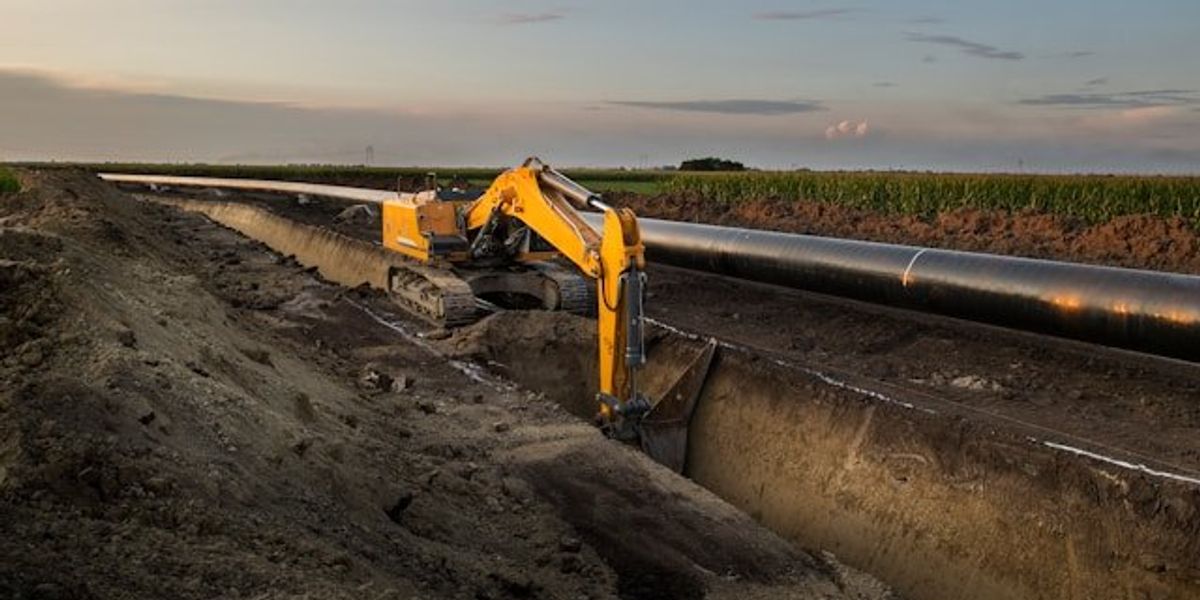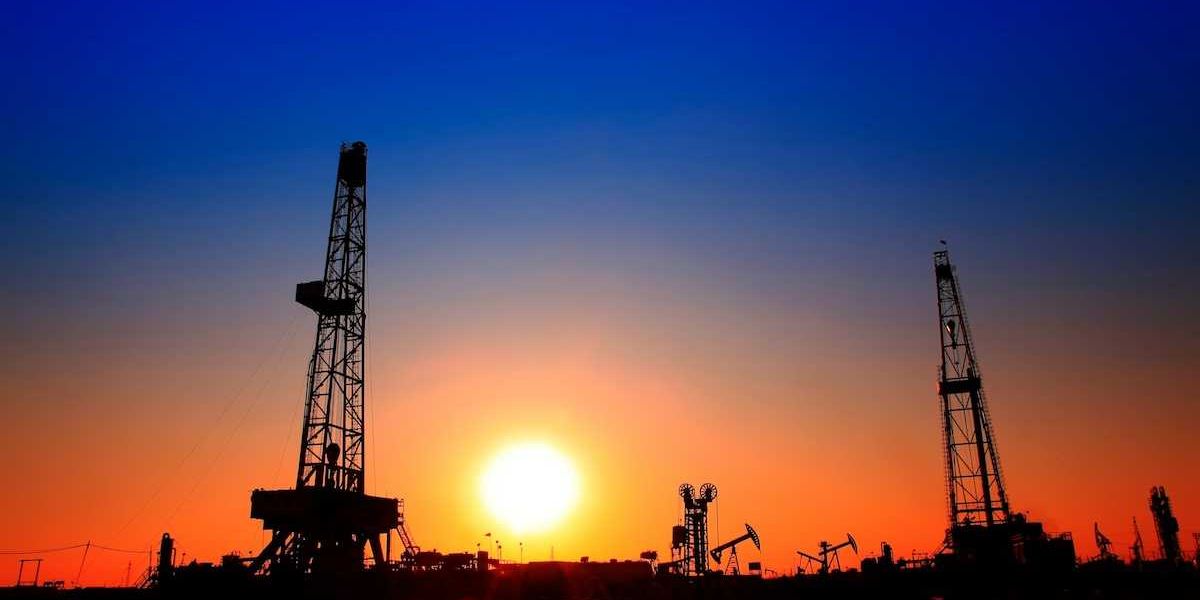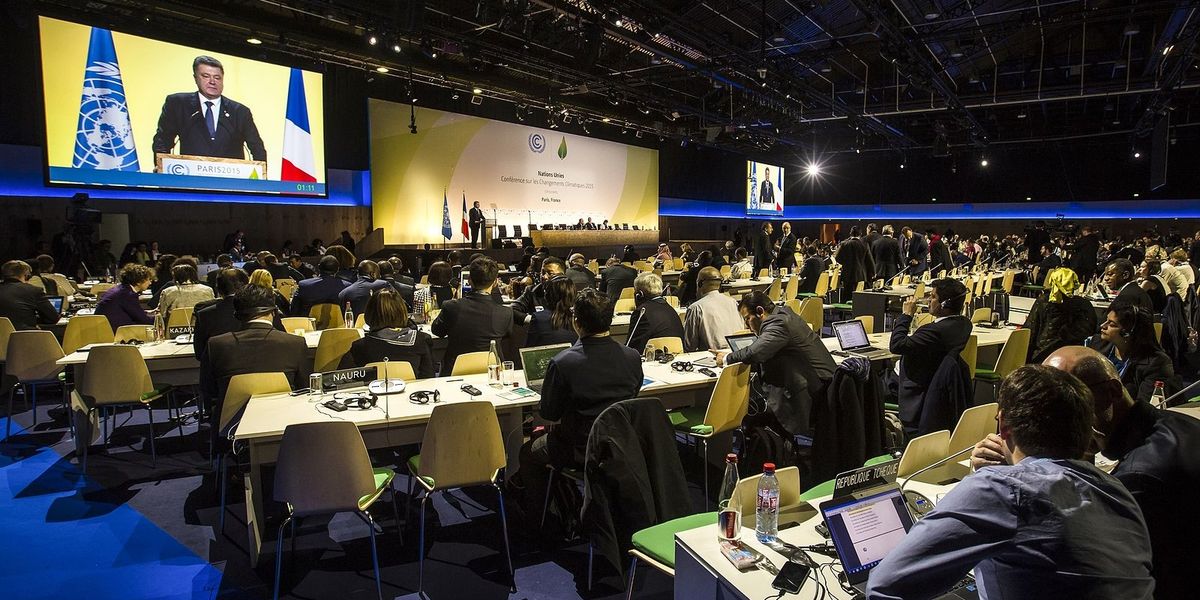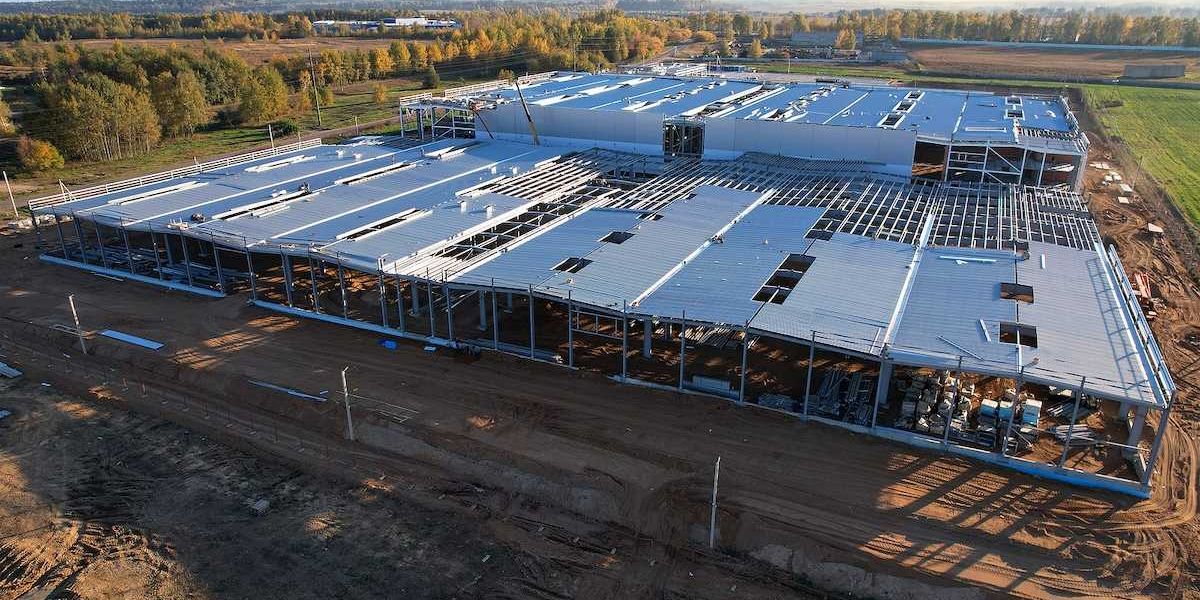Delaware refinery faces third air pollution violation as community demands answers
Delaware environmental officials cited the Delaware City Refinery for a March air pollution event, its third violation this year, as public pressure mounts over continued toxic chemical releases.
Shannon Marvel McNaught reports for Delaware News Journal.
In short:
- On March 13, the refinery released over 300,000 pounds of sulfur dioxide and carbon monoxide after a pollution control device failed during a fan swap, violating its air permit.
- The same malfunctioning device caused another unpermitted chemical release from May 26 to June 12, now under investigation by Delaware's Department of Natural Resources and Environmental Control (DNREC).
- The facility has logged 23 chemical releases and received three official notices of violation in 2025, prompting a June town hall meeting and a DNREC promise for better communication.
Why this matters:
Refineries emit a complex mix of pollutants, including sulfur dioxide and carbon monoxide, that can harm both human health and the environment. Sulfur dioxide contributes to respiratory issues and forms fine particulate matter that penetrates deep into the lungs. Carbon monoxide interferes with oxygen delivery in the body and poses acute risks for people with heart disease. Repeated malfunctions and unpermitted releases raise concerns about the integrity of industrial pollution controls and the effectiveness of regulatory enforcement. For communities near refineries — often lower-income or disproportionately impacted by pollution — these events compound existing environmental justice concerns and demand greater transparency and accountability from both industry and government agencies.
Learn more:













